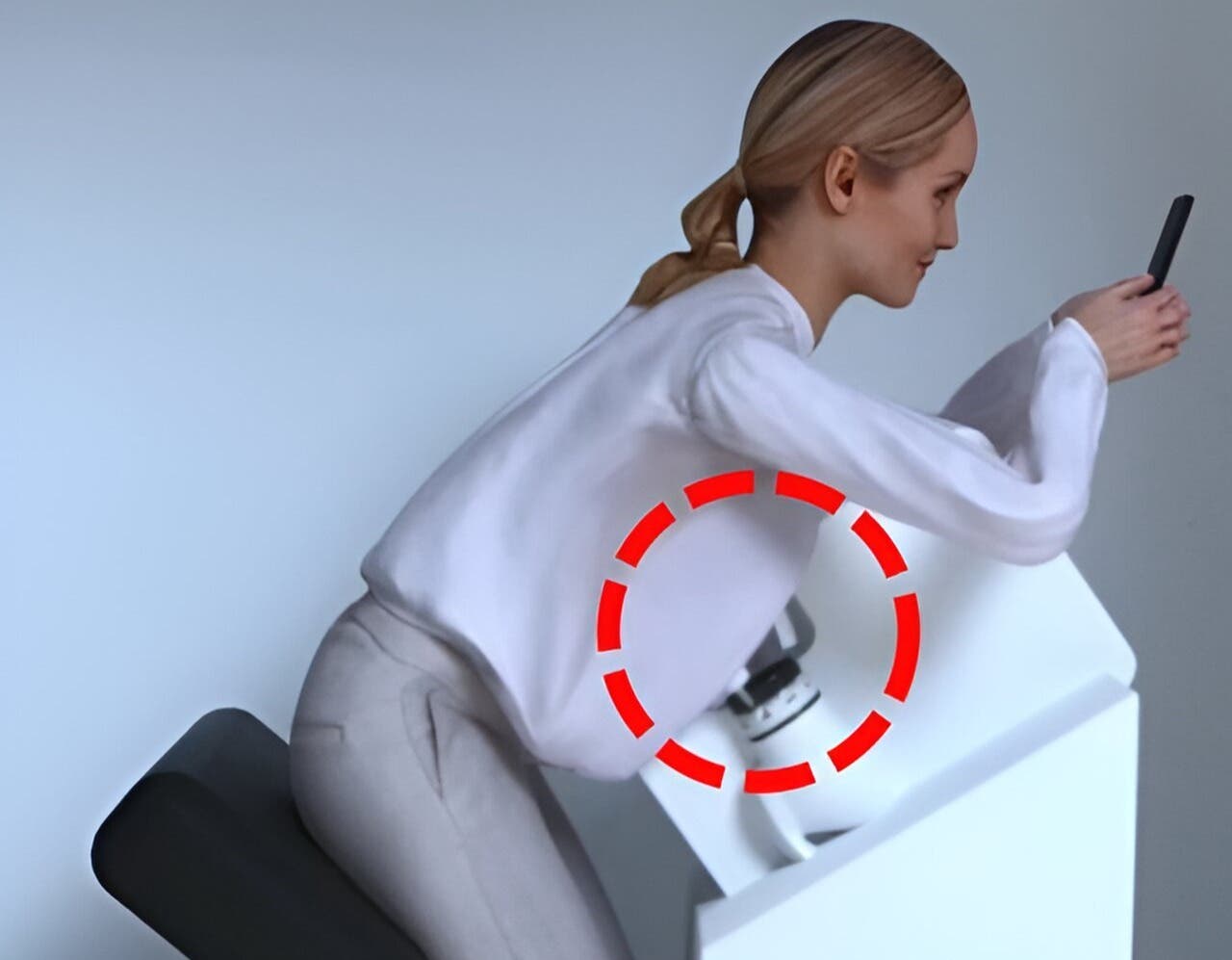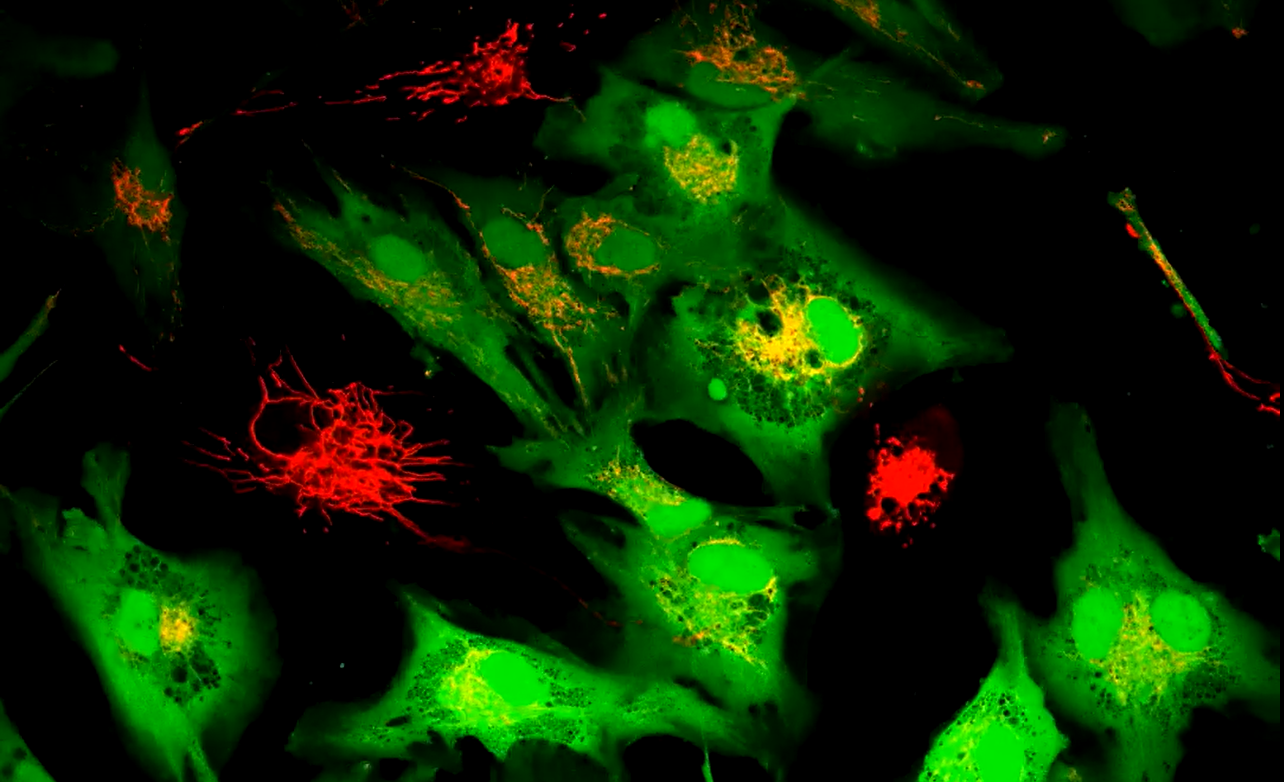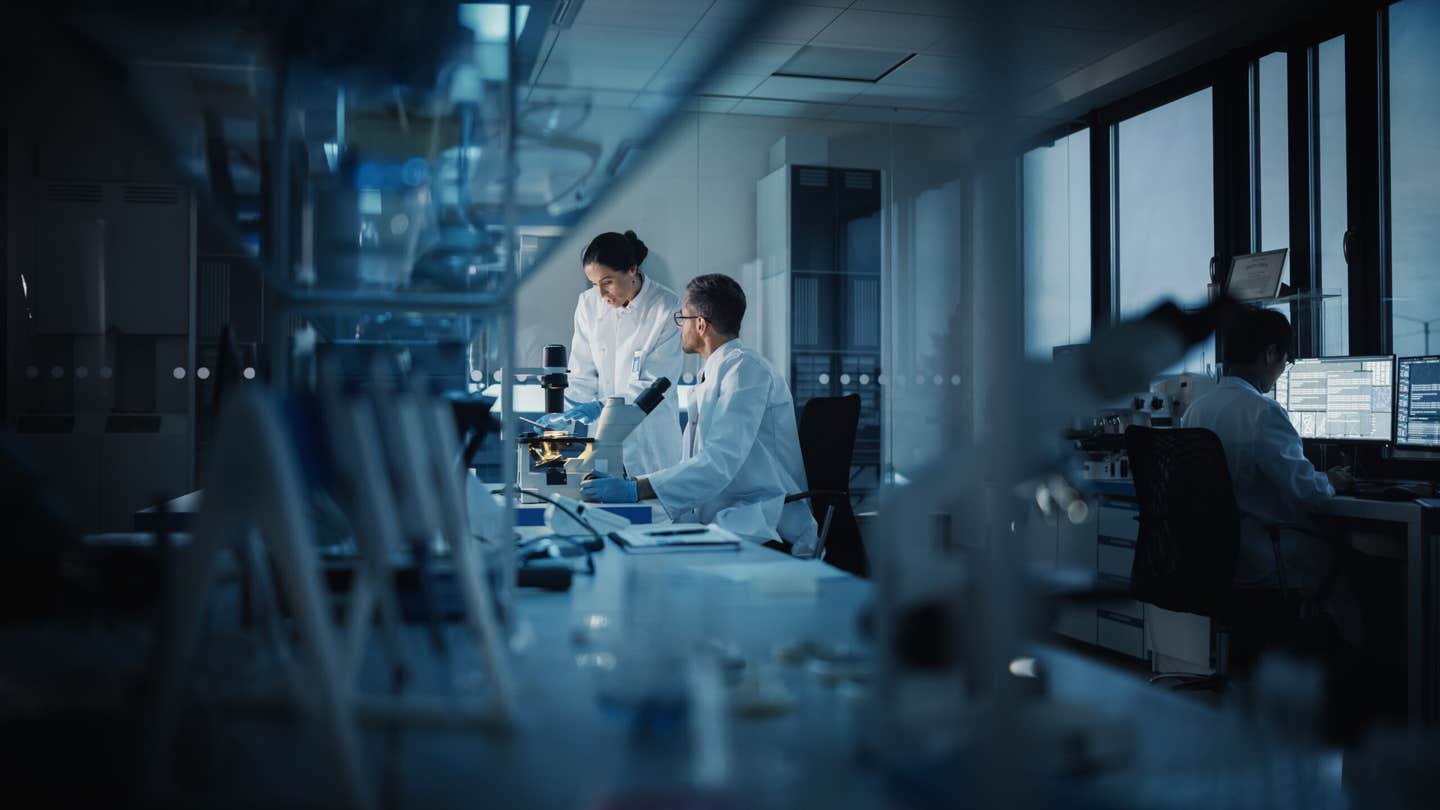Gamechanging robotic device revolutionizes early breast cancer detection
This groundbreaking advancement could reshape the world of medical examinations and the early detection of breast cancer

[Oct. 7, 2023: Staff Writer, The Brighter Side of News]
Graphic of clinical breast examination by device. (CREDIT: George Jenkinson)
In a groundbreaking advancement that could reshape the world of medical examinations and the early detection of breast cancer, a team at the University of Bristol has designed an innovative manipulator at the Bristol Robotics Laboratory.
This device holds the potential to transform how women monitor their breast health.
The Innovation
Harnessing the latest in manipulation and sensor technology, this robotic manipulator is designed to apply highly specific forces over a range comparable to the forces exerted by human examiners. Most impressively, it boasts the ability to detect lumps using advanced sensor technology at far greater depths than currently possible.
Various stages of device examining fake breast. (CREDIT: George Jenkinson)
Imagine a future where women can access safe electronic Clinical Breast Examinations (CBEs) in pharmacies and health centres, receiving immediate and accurate results. With this manipulator, that future seems to be inching closer.
Why It Matters
Precision, repeatability, and accuracy stand at the forefront of tactile medical examinations. Ensuring these attributes is crucial to yielding favourable patient outcomes. As medicine continues to evolve, there's a growing need for devices that can tackle complex and hard-to-reach situations, such as those encountered during minimally invasive surgeries.
Several automatic and semi-automatic devices have been proposed over the years. However, the confluence of technological advancement over the past decade puts today's researchers in an opportune position to revolutionize the standard of care.
Related Stories:
The research team, a diverse group of postgraduate and undergraduate talents, worked under the supervision of Dr. Antonia Tzemanaki from the Bristol Robotics Laboratory.
George Jenkinson, the lead author of the study, elucidates the motivation behind this project, stating, “While the utility of CBEs for health outcomes has been debated, it's widely accepted that well-performed CBEs can serve as invaluable, low-risk diagnostic techniques. Our aim is to leverage technology, allowing healthcare professionals to surpass traditional examination standards.”
Behind the Science
The team's approach was comprehensive. They employed 3D printing and Computerised Numerical Control techniques to create the manipulator. Then, in collaboration with the Simulation and Modelling in Medicine and Surgery research group at Imperial College London, they utilized a silicone breast replica and its digital twin—both modelled after a volunteer—for experimentation.
The robotic device. (CREDIT: George Jenkinson)
This strategic collaboration permitted the team to conduct thousands of simulated palpations, testing a multitude of scenarios. They calculated efficiencies under various conditions, like employing different numbers of sensors simultaneously. Validating their findings, the team then replicated these experiments on the silicone breast model, determining the force requirements for the actual equipment.
Looking to the Future
Jenkinson enthused about the broader implications of their work, stating, “Beyond detecting breast cancer, we're generating a vast amount of associated data. This wealth of information might help identify larger-scale trends, pushing early diagnosis even further.”
One notable merit of this device is its ability to record health data objectively. Such features enable easy comparisons across successive examinations or can be included in patient records if further specialist consultations are necessary.
With ambitions set high, the team is gearing up for the next phases. They plan to amalgamate professional CBE techniques with artificial intelligence (AI), optimizing the manipulator with sensors to evaluate the system's proficiency at pinpointing potential cancer risks.
Graphical abstract of the novel soft tactile sensor capable of dynamically tuning its stiffness for enhanced sensitivity across a range of applied forces. (CREDIT: MDPI)
Ultimately, the vision is to create a device with unmatched capabilities: detecting lumps more accurately and deeper than human touch can achieve, and potentially integrating with existing techniques, such as ultrasound examinations.
Reflecting on their progress, George remarks, “We've laid the foundation. Our robotic system possesses the dexterity required for clinical breast examinations. The hope is that it could play a pivotal role in early cancer diagnosis in the future.”
This groundbreaking research has been undertaken as part of Project ARTEMIS. The project received funding from Cancer Research UK and garnered support from the EPSRC, highlighting its significance and potential in the fight against cancer.
For more science and technology stories check out our New Discoveries section at The Brighter Side of News.
Note: Materials provided above by the The Brighter Side of News. Content may be edited for style and length.
Like these kind of feel good stories? Get the Brighter Side of News' newsletter.



